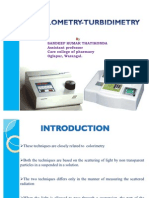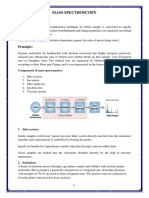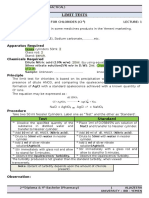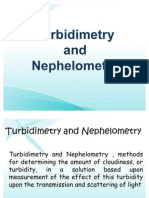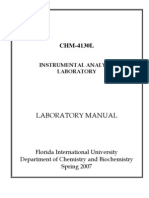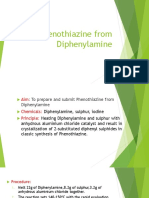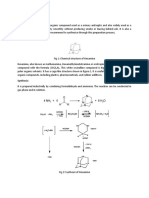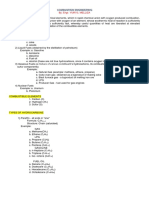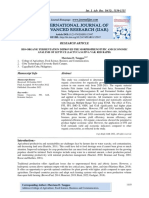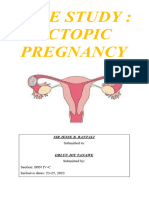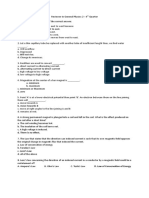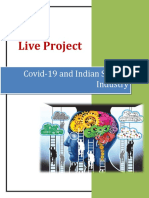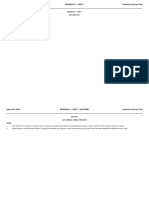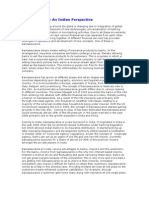100% found this document useful (2 votes)
1K views11 pagesNephloturbidometry: Assignment Report ON
Nephelo-turbidimetry relies on measuring the scattering of light by particles suspended in solution. Nephelometry measures scattered light at a 90 degree angle to the incident light beam, while turbidimetry measures light transmitted through the solution at a 180 degree angle.
The basic instrumentation includes a radiation source like a mercury lamp, filters to select wavelengths, sample cells to hold the solution, and detectors placed at different angles depending on whether nephelometry or turbidimetry is being performed. Photomultiplier tubes and photovoltaic cells can be used as detectors.
Uploaded by
Karan BhojwaniCopyright
© © All Rights Reserved
We take content rights seriously. If you suspect this is your content, claim it here.
Available Formats
Download as PDF, TXT or read online on Scribd
100% found this document useful (2 votes)
1K views11 pagesNephloturbidometry: Assignment Report ON
Nephelo-turbidimetry relies on measuring the scattering of light by particles suspended in solution. Nephelometry measures scattered light at a 90 degree angle to the incident light beam, while turbidimetry measures light transmitted through the solution at a 180 degree angle.
The basic instrumentation includes a radiation source like a mercury lamp, filters to select wavelengths, sample cells to hold the solution, and detectors placed at different angles depending on whether nephelometry or turbidimetry is being performed. Photomultiplier tubes and photovoltaic cells can be used as detectors.
Uploaded by
Karan BhojwaniCopyright
© © All Rights Reserved
We take content rights seriously. If you suspect this is your content, claim it here.
Available Formats
Download as PDF, TXT or read online on Scribd
/ 11




